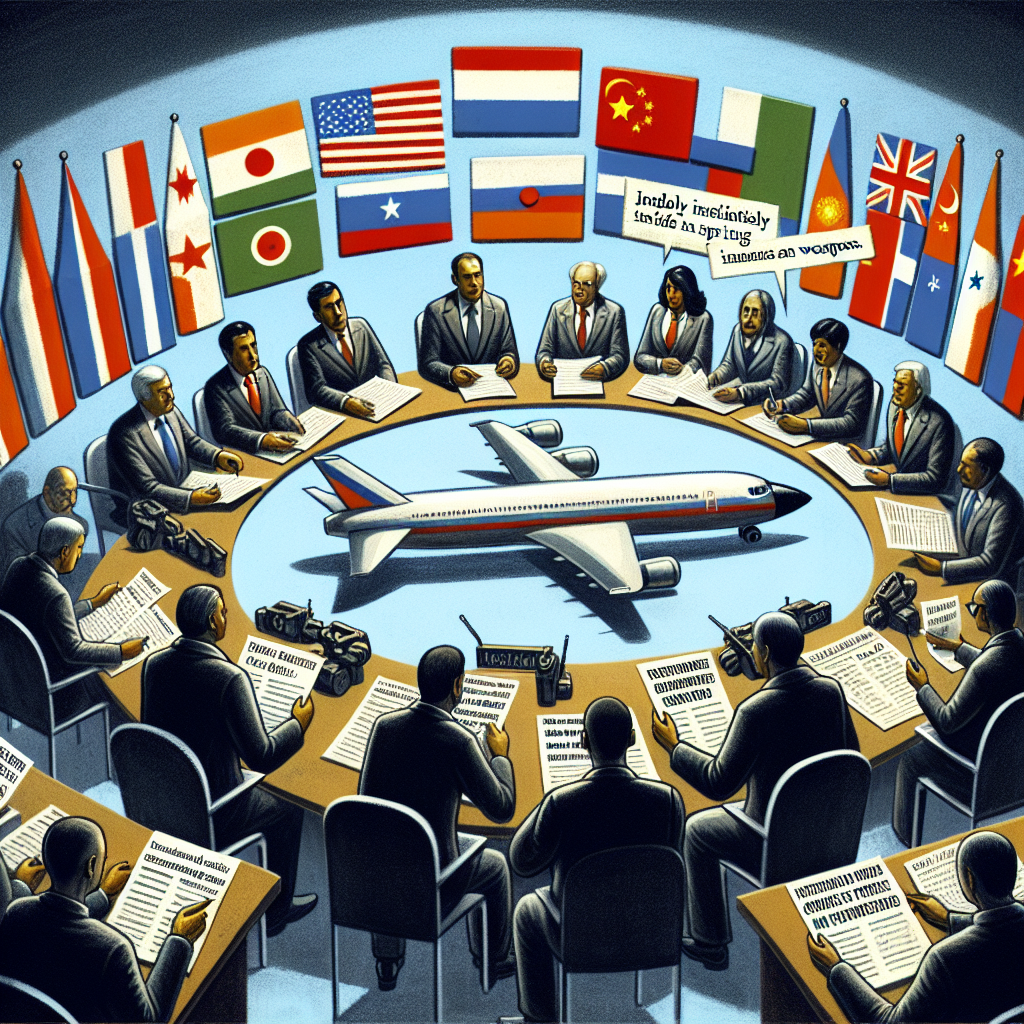A bipartisan US government committee pointed out in a report this month that after India used the French-made “Rafale” fighter jet for the first time in May to counter Chinese-made weapons deployed by its neighbor Pakistan, the Chinese Communist Party (CCP) immediately launched a propaganda campaign to undermine the sales of the “Rafale” fighter jets.
This annual report released by the independent US-China Economic and Security Review Commission (USCC) was made public on Tuesday, November 18. The report stated that this propaganda campaign took place during “Operation Sindoor,” which followed a four-day conflict between India and Pakistan in May.
On the previous Monday, Ukraine signed a memorandum of understanding, planning to purchase up to 100 “Rafale” fighter jets from the French company Dassault Aviation over the next decade.
The “Rafale” fighter jet has been procured by more than six countries, but its reputation suffered a blow this year: during the four-day conflict between India and Pakistan, Pakistan’s Chinese-made J-10 fighter jets allegedly shot down at least one Indian “Rafale” fighter jet.
The report submitted to the US Congress by the commission highlighted that the CCP used fake social media accounts to spread artificial intelligence (AI)-generated images and video game scenes, pretending to be wreckage of aircraft destroyed by Chinese weapons.
It categorized the May conflict as a “proxy war”, which would exaggerate the role of the CCP as an instigator, but Beijing indeed used this conflict to test and promote the precision of its weapons.
The report emphasized, “In the weeks following the conflict, Chinese embassies abroad widely publicized the success of their systems in the India-Pakistan conflict, attempting to boost weapon sales.”
Citing information from French intelligence, the report mentioned that the CCP initiated a false propaganda campaign to obstruct the sales of the French “Rafale” fighter jets and instead support their self-produced J-35 fighter jets.
The report stated, “Pakistan’s use of Chinese weapons to down India’s French ‘Rafale’ fighter jet also became a unique selling point for the CCP’s embassies to promote defense military sales, despite reports indicating that India’s military only lost three jet fighters and not all necessarily ‘Rafale’ jets.”
Additionally, the report added that CCP embassy officials even persuaded Indonesia to halt its ongoing plan to purchase 42 “Rafale” fighter jets. The Indonesian Deputy Minister of Defense mentioned in June that after China proposed selling J-10 fighter jets, they were evaluating the J-10C fighter jets.
Furthermore, the report pointed out that the CCP’s role in the Pakistani military field goes beyond being the primary weapons supplier. During the 87-hour India-Pakistan conflict, it is reported that the CCP may have provided real-time intelligence input to Pakistan.
The “Operation Sindoor” was triggered by the Pulwama terror attack earlier in the year in the Indian state of Jammu and Kashmir, with India attributing the attack to Pakistan.
The report by the US-China Economic and Security Review Commission also briefly touched on the Sino-Indian relationship, noting that despite several high-level meetings between China and India this year attempting to ease tensions, actions have often not matched words, and terms of economic cooperation or border resolution agreements mostly remain at a conceptual stage.
Since the conflict in the Galwan Valley in the summer of 2020, Sino-Indian relations have deteriorated. The report emphasized that although a border patrol agreement was reached in October 2024, both sides continued militarizing the border in early 2025, constructing new air force bases and enhancing deployments along the Line of Actual Control (LAC) and near Arunachal Pradesh.
(Information referenced from Reuters)

